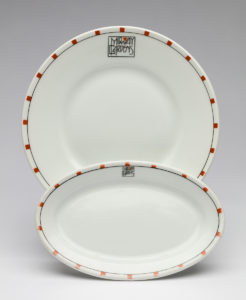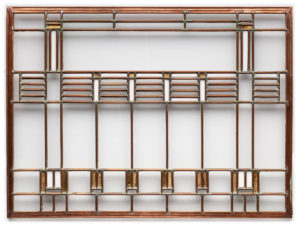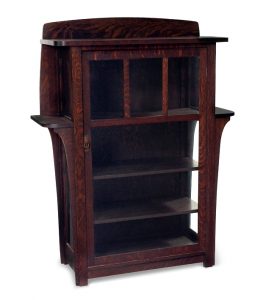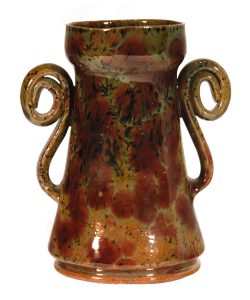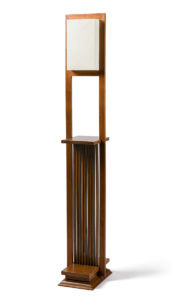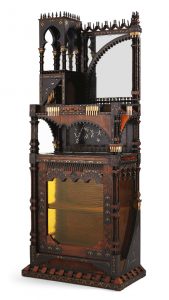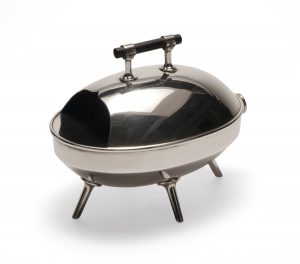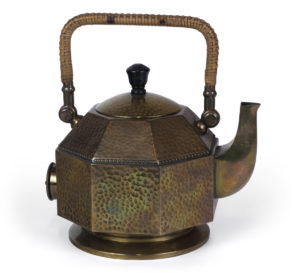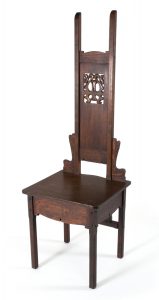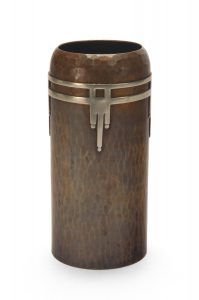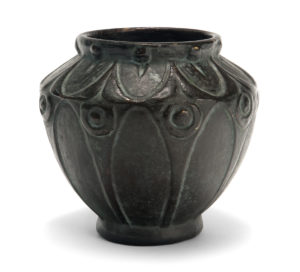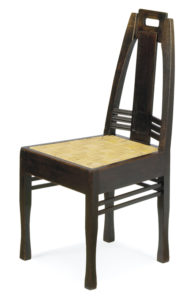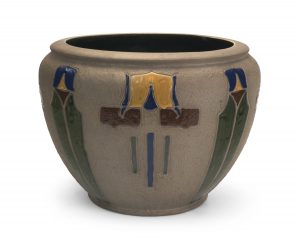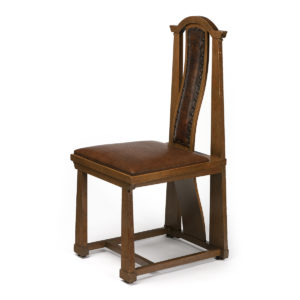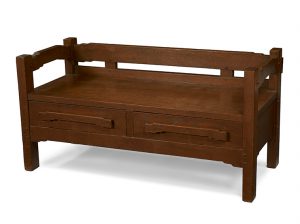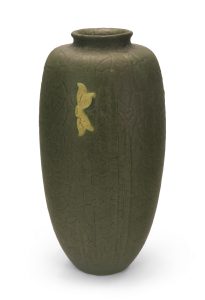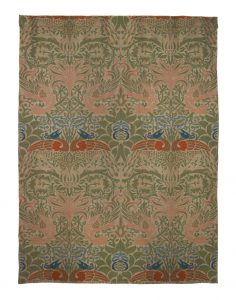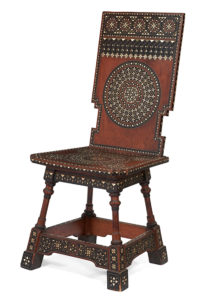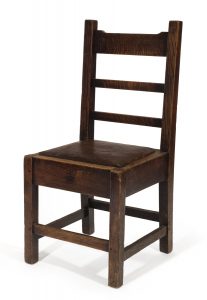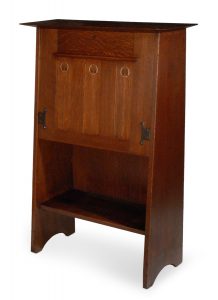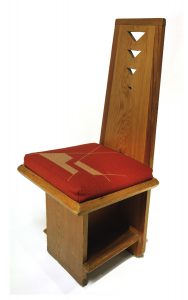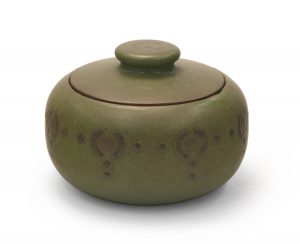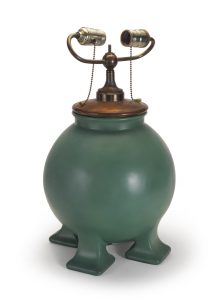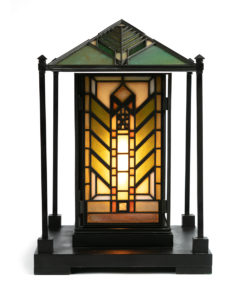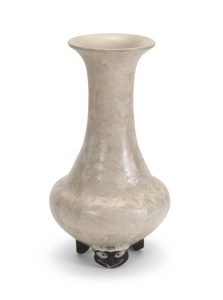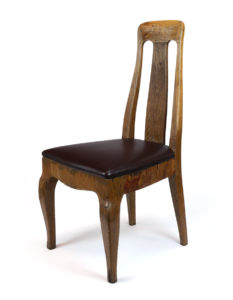Arts & Crafts, International 1860-c. 1918; American 1876-early 1920s
Arts & Crafts can be seen as the first modernistic design style to break with Victorian and other fashionable styles of the time, beginning in the 1860s in England and specifically dating to the Red House of 1860 of William Morris (1834-1896). Arts & Crafts is a philosophy as much as a design style or movement, stemming from its application by William Morris and others who were influenced by the writings of John Ruskin and A.W.N. Pugin. In a reaction against the mass production of cheap, badly designed machine-made goods, and the demeaning treatment of workers, Morris and others championed hand-made craftsmanship with quality materials done in supportive communes—which were seen as a revival of the medieval guilds and a return to artisan workshops. Designs are characterized by their simplicity and functionality, generally without unnecessary curves and ornament. The way objects were constructed was not hidden, and exposed wood grain was considered beautiful. This was called “honest construction”.
Americans got their first exposure to Arts & Crafts at the Centennial Exposition in Philadelphia in 1876. In the 1880s, Charles, Albert and Gustav Stickley established Stickley Brothers in Binghamton, NY. Gustav subsequently published his influential magazine, The Craftsman (1901-1916). Arts & Crafts in America then became known as “Craftsman Style” or “Mission Style”, from the California missions that exemplified simplicity of construction.


